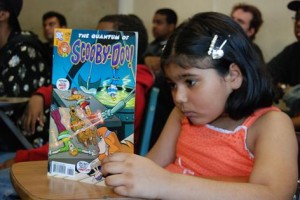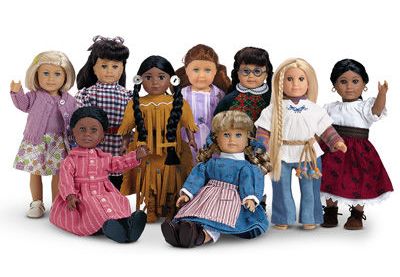Comic Book Surge in India
According to an article in the Times of India, there has been a recent surge in new comic books and comic book popularity in India. At Comic Con India, it was reported that at least 22 new book launches are expected this month. Some of these titles include familiar Western heroes, such as the Watchmen, but many Indian publishers are putting out their own original stories with their own characters. The article claims that the surge is a “growing niche” but it has not yet “arrived”, meaning that it is still a growing movement, and has not become completely mainstream yet.
In class, we discussed comic books from the 1950’s and explored the themes and content that made them unpalatable to parents and other authority figures back then in the United States. They were concerned about the adult story lines, violence, and disdain for authority. As comic books became more popular, this backlash gained traction, and led to comic book burning and bans from state and local governments. It will be interesting to see, as comic books become more popular, how parents and other adults in India respond to this new form of entertainment. India has a history of placing high importance on family values, which comic books, especially those containing Western characters, may not always embody. As the world becomes more globalized, this concern over Western ideals taking over their children may be lessened, but it will still be interesting to see whether this surge leads to a moral panic.










